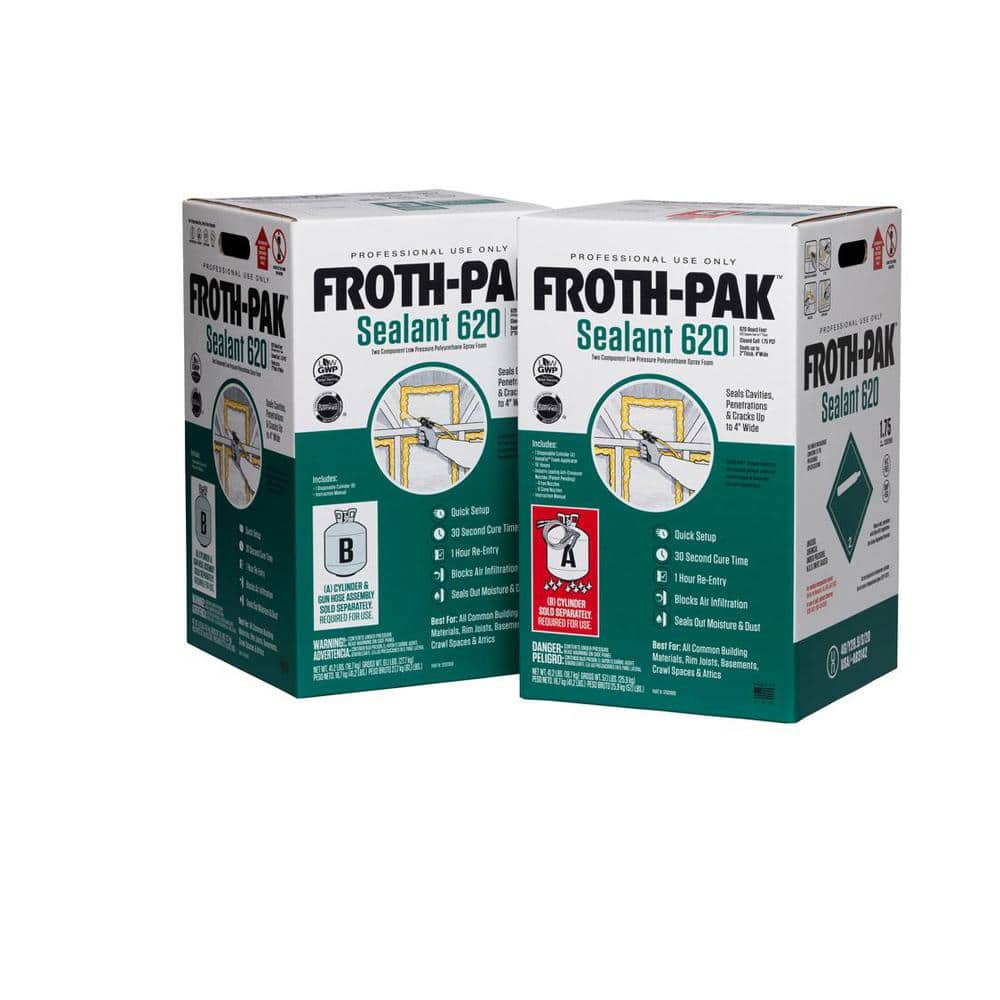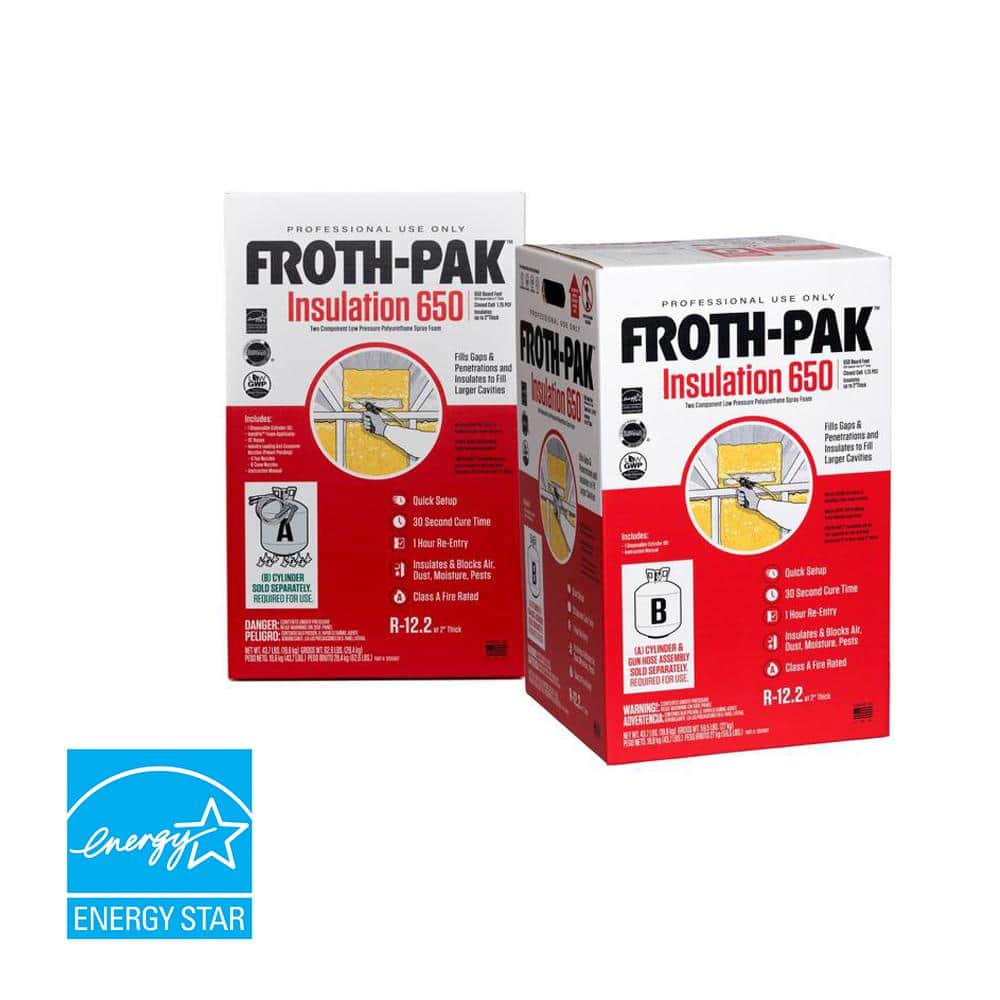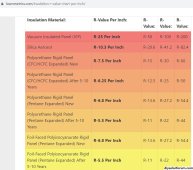justinm001
Solar Addict
- Joined
- Dec 18, 2022
- Messages
- 1,548
Winter's here and I'm starting on insulating my batteries and RV water tanks. I have a tank heater pad sandwiched between 2 batteries and plan to wrap them completely in some form of insulation and looking for something about 1inch thick.
Since its not house insulation and I'm not concerned with weight I'm wondering what the best material is? So far I've found Vacuum Insulation Panel (VIP) with an R-value around 45. The panisonic U-vacua below looks to be R60 and $50 for a 24x22" sheet so would fit the bill but would be like a grand if I want to insulate both battery banks, both tanks and the bays they hold.
Since LFP batteries just need holes for cables and no venting or anything is there another material that might be a better R-value. I could enclose the entire thing in wood but apparently most wood only has a R-value around 1.4. I'm curious about forms of plastics and their R-value, expecially types that can be molded or extruded and I could have a box built.
Is there any battery box thats designed for 1-2 rack mount LFP batteries with a R-value over 50?
I'm curious to see how efficiently I could keep a battery warm. Say I want to keep a rack battery at 40degrees and its 20 degrees out. How long could it keep itself warm with 1kwh of usable power? Anyone know the calculation and how to compare different types of materials, not just construction materials?
Since its not house insulation and I'm not concerned with weight I'm wondering what the best material is? So far I've found Vacuum Insulation Panel (VIP) with an R-value around 45. The panisonic U-vacua below looks to be R60 and $50 for a 24x22" sheet so would fit the bill but would be like a grand if I want to insulate both battery banks, both tanks and the bays they hold.
Since LFP batteries just need holes for cables and no venting or anything is there another material that might be a better R-value. I could enclose the entire thing in wood but apparently most wood only has a R-value around 1.4. I'm curious about forms of plastics and their R-value, expecially types that can be molded or extruded and I could have a box built.
Is there any battery box thats designed for 1-2 rack mount LFP batteries with a R-value over 50?
I'm curious to see how efficiently I could keep a battery warm. Say I want to keep a rack battery at 40degrees and its 20 degrees out. How long could it keep itself warm with 1kwh of usable power? Anyone know the calculation and how to compare different types of materials, not just construction materials?






